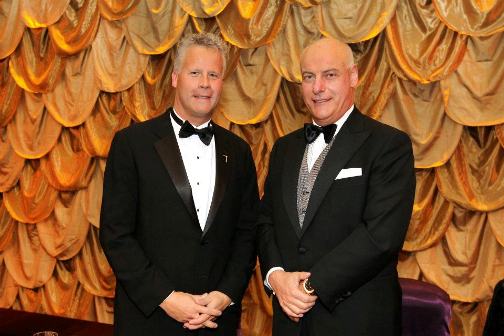The Sudbury Star is the City of Greater Sudbury’s daily newspaper.
The city should borrow up to $60 million to carry out its industrial lands strategy, Ward 8 Coun. Fabio Belli says.
Addressing a group of irate businessmen in the Elisabella Street industrial area of New Sudbury, Belli said every possible solution should be on the table for the city to help local businesses expand and create jobs — including going into debt.
The group of a dozen irate property owners along Elisabella had gathered to mull a 50-50 cost-sharing proposal for improving services that would see many of them going into debt themselves.
The Elisabella and Lasalle Boulevard area is the first of seven industrial areas the city plans to upgrade, banking on growth in the construction and mining supply and service sectors. The area has more than 450 acres of land zoned M3, of which 250 acres are vacant.
























